So it’s April 18 and once again, the friends who have become my Jewish family here in Stockholm gather to celebrate Passover with me and my son. We have been meeting together to share this holiday since 1998. And while back then all our children were small adorable creatures, the majority of them, while still adorable are no longer small – many are away at college or on trips to other towns or countries when it is time for Passover. We think of them, our flown-the-coop-youngsters as we prepare for this year’s seder. So we aren’t as many as we were 7 years ago. Since then, two families have heard the call of the motherland and moved back to the US leaving the rest of us here to continue our lives as ex-pats. Where once we were over 30 participants, this year we are only 23.
Usually I organize the gang in three groups – at least in my head I do – the early-arrivers, the middle-arrivers and the late-stayers. To be an e-a, you have to be willing to come early to help move tables and chairs around, to get out the porcelain, glasses and silverware from drawers and shelves, arranging it all on the paper tablecloth-covered tables. 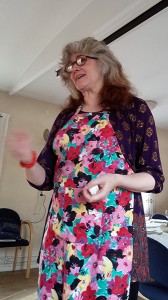 But most importantly, you have to be one of the ones who bring cut up raw veggies, chopped liver and sometimes even hummous. Because that is what we eat while we are busy setting up and smoozing. An hour or two later, the m-a’s make their appearance, carrying containers filled with hard boiled eggs, marinated lamb, potatoes and parsnips ready for roasting, vegetable kugels, green salad, fruit salad and anything else needed for the dinner. And of course, lets not forget the desserts: made without flour but who misses it when these are so good. Chocolate matzah layer cake, macaroons both canned and homemade, a divine chocolate cake made with ground chestnuts, raspberries and other secret ingredients. Among this group are also the l-s’s, the friends who don’t have to rush home but can stay and help with cleaning up – because this seder isn’t held in my home but rather in the party house that my co-op allows residents to rent for a nominal fee for parties that can’t fit in our apartments. Before we are all done we have to turn the room back to its neat and tidy appearance – ready for the next group of guests.
But most importantly, you have to be one of the ones who bring cut up raw veggies, chopped liver and sometimes even hummous. Because that is what we eat while we are busy setting up and smoozing. An hour or two later, the m-a’s make their appearance, carrying containers filled with hard boiled eggs, marinated lamb, potatoes and parsnips ready for roasting, vegetable kugels, green salad, fruit salad and anything else needed for the dinner. And of course, lets not forget the desserts: made without flour but who misses it when these are so good. Chocolate matzah layer cake, macaroons both canned and homemade, a divine chocolate cake made with ground chestnuts, raspberries and other secret ingredients. Among this group are also the l-s’s, the friends who don’t have to rush home but can stay and help with cleaning up – because this seder isn’t held in my home but rather in the party house that my co-op allows residents to rent for a nominal fee for parties that can’t fit in our apartments. Before we are all done we have to turn the room back to its neat and tidy appearance – ready for the next group of guests.

Finally, everyone has arrived. The eggs are in the fridge, the sodas are chilling there too. The chicken soup is warming on the stove, with matzah balls waiting to be put in the soup at the right time. The seder plates are filled with parsley, charoses, horseradish, a lamb bone and a “burnt” egg. Bowls of salt water are on the table, as are extra bowls of charoses. The matzah covers are filled with 3 matzahs and more is placed around in small heaps within reach of everyone. And don’t forget the wine and grape juice. Our cushions to recline against are imaginary, virtual, in our minds only.

Our haggadahs are passed around so everyone can share. The same books we have been using for the past 15 years.
I clink my glass to quiet the chatter and we begin. Every year I try to say a few words to start the ritual off and these are what I spoke this year:
Passover 2014
Many years ago, when I was a kid, my folks took me to see Cecil B DeMille’s film, The Ten Commandments. I don’t remember how old I was but I must have been somewhere between 11 and 17 – young enough to still believe in the magic of film and old enough to have an opinion about stuff. Now, I don’t know how many of you have seen the movie but you have to know that it’s a very long movie with special effects and a very powerful performance by Charlton Heston as Moses. After we emptied out of the movie theater, my parents herded us into the car. I sat huddled up in the back seat, an emotional mess, next to my brother. My mother turned to us and announced that we were going to go to the local hamburger place (it was pre-Macdonalds at this time). I stared at her and exclaimed, “How can you think of eating after having seen that movie?” My mother of course, ignored my outburst and Dad drove to the restaurant where along with the rest of the family I ended up eating too.
Every year, along with many other Jewish families around the world, my family, together with my Uncle Wally, his wife Rosemary and their kids, would gather to celebrate Passover – alternating each year with each other. However, it didn’t matter if we were in Teaneck at my cousins or in Budd Lake – we all used the Haggadahs which my parent’s generation got free at the supermarket if you bought a can of coffee. The amount of instruction included in these Haggadahs varied but for the most part the texts stayed the same. Since neither family actually knew what they were doing we just went around the table taking turns reading portions until the instructions said dinner is now served. Then we ate. Each year, the procedure was the same as every year. And equally as meaningless and boring.
It wasn’t until many years later, probably when I finally had a child of my own, that I began to learn about the significance of what we were doing – that this ritual which we perform every year is a ritual that commemorates a seminal event extremely early in the history of the Jewish People. It is not just another holiday. It is the holiday that reminds us of how we truly became the Jewish people. Until Moses stood on Mount Sinai and wrote down the Ten Commandments from God we were just another tribe of people among many other tribes with the only difference being that we believed that there was only one, invisible God and we circumcised our sons. But after Moses came down from that mountain, we became different. And I suppose that it was the awsomeness of this event that affected me in some unconscious way that day in the movie theater. Now to my mind, it doesn’t matter if God actually spoke to Moses. It doesn’t matter if Moses actually even existed in the first place. And it doesn’t matter if you even believe in God or not. The thing that matters is that over 3000 years ago, a story began to take shape that told of a people that were once slaves and then became free and that all people should be able to live their lives as free human beings. For thousands of years, where ever they lived, Jews have come together to tell this story because the wise sages of old thought it was so important a story it must be repeated over and over again so no one ever forgets it.
This was the story that Cecil B DeMille told in his film version of the ten commandments and perhaps my reaction to the movie was a bit over the top. But, it is a story of the beginning of the Jewish people and how they came to be. Plus, it tells an important lesson of what it means to be human. Now let us begin the retelling of this 3000+ years-old story, reminding ourselves that we were once slaves in Egypt and now we are free.
And so we turn to our haggadahs and read of the exodus. We drink four cups of wine, we ask four questions and tell of four children and we open the door to welcome Alijah and hope for a new era of peace. The eggs are served and the soup with matzah balls next. Then its time for all the other foods that everyone has brought. And after we are so full we can barely move we bring out the desserts and eat more. And all during this time talking, catching up, renewing friendships. Our youngsters sit all together like cousins, not of the same blood but connected nevertheless. And I sit to the side and watch all this and think that in spite of all the work, the stress, the worry, this is a good thing. And it was worth doing.
*J.A.P.S.: Jewish American Parents of Stockholm
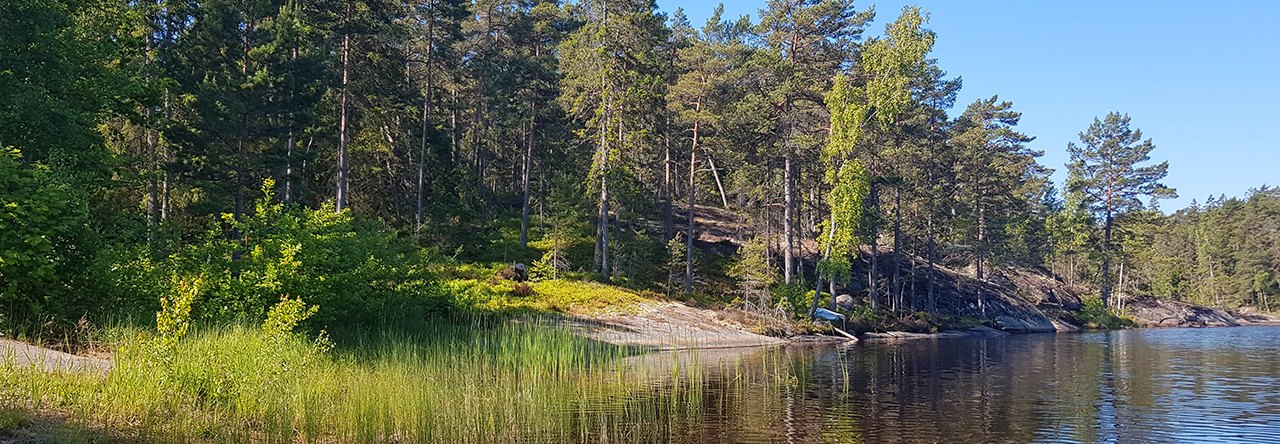
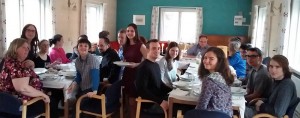
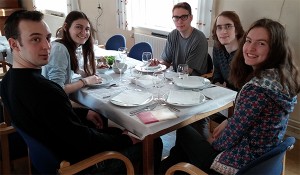

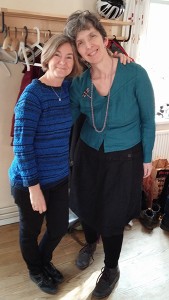
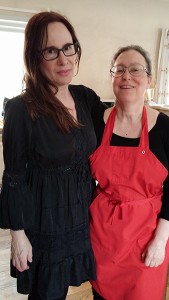
nancy
really nice! great page with pictures and great writing – wonderful that Bevin will get this.
Joel Klein
It’s really a wonderfully written story about your seder tradition, your relationship to a fundamental Jewish tradition… and passing it all on to our shared children: the next generation. You have to start writing that book soon, Hilarie…. both for yourself and for your whole family !